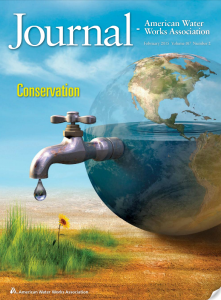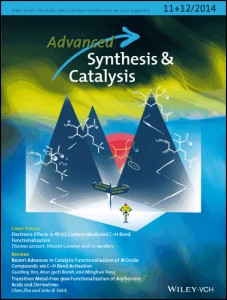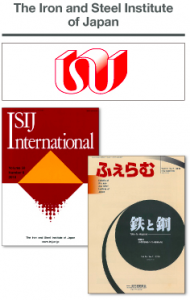
Alberto Carpinteri is something of a Renaissance man.
Along with championing a highly controversial form of energy generation called “piezonuclear fission,” which involves crushing rocks, the engineer has argued that the Shroud of Turin really is as old as Jesus, but carbon dating was thrown off by an earthquake.
Not everyone agrees with his ideas: In 2012, more than 1,000 scientists signed a petition asking the Italian National Institute of Metrological Research (or INRIM, of which Carpinteri was director at the time) not to fund piezonuclear fission.
Carpinteri was also editor in chief of the journal Meccanica until 2014, when Luigi Gambarotta took over. Now, Meccanica is retracting 11 of its former EIC’s papers, including the one on the Shroud, and a number on piezonuclear fission, which Wired Italy put on their list of “most famous science hoaxes.” The reason? According to the notice, “the editorial process had been compromised.” Continue reading Controversial Italian scientist loses 11 papers from journal he used to edit








